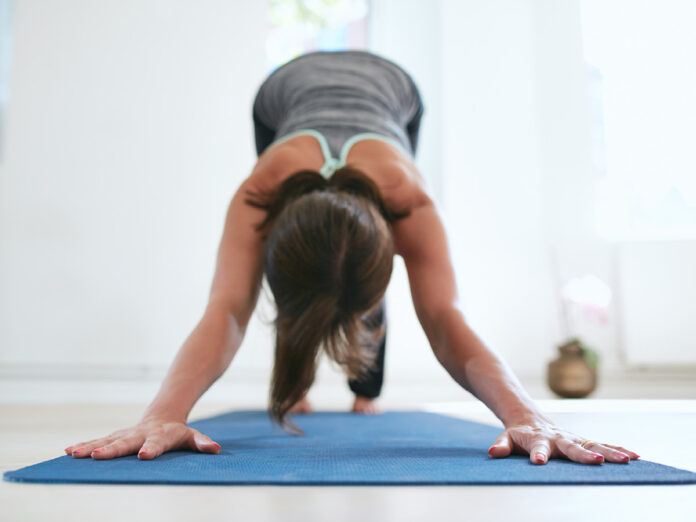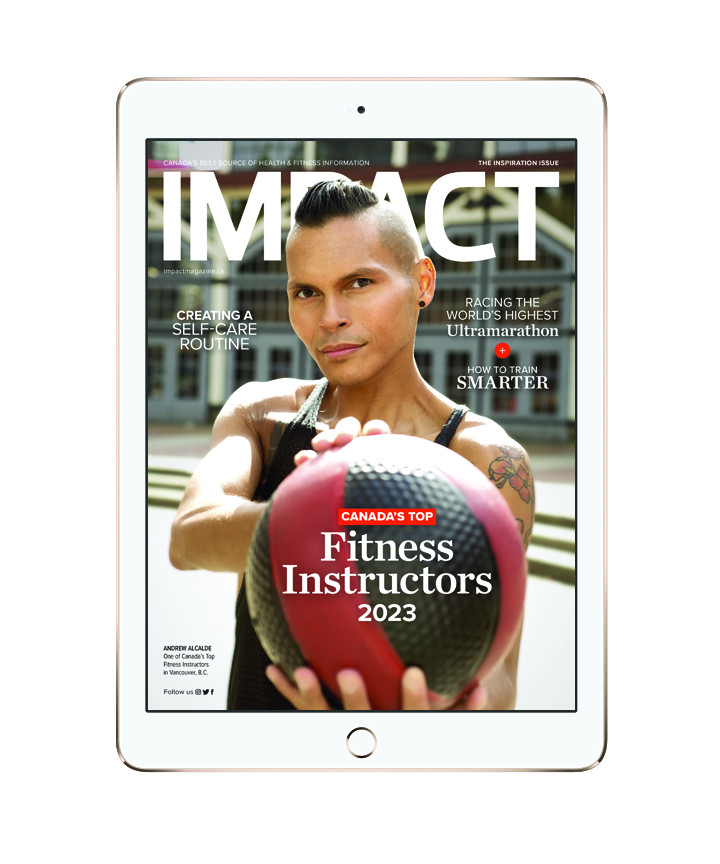
One of the biggest paradigm shifts we’ve experienced over the past few years has been toward a massive focus on recovery. From supplements to tools, a wide range of products have flooded the market attempting to tap into this shift in priorities.
While many of those products may be helpful in promoting recovery, one area that is still under-represented (likely because there’s not much money to be made from it) is the idea of exercise programming to actively promote recovery.
Unfortunately, when most people think about incorporating recovery into their overall training plan, the go-to solution is a rest day. This often manifests as a day loafing around or, at best, going
for a gentle walk.
In order to promote optimal recovery, you’ll want to increase your respiratory rate slightly above resting and create gentle movements with any of the muscles you’ve recently trained. This accomplishes several things:
- Delivers fresh oxygen and other nutrients that support recovery in the areas you’ve been training.
- Promotes lymphatic circulation which, among other things, is how your body clears out inflammation. Unlike your circulatory system, your lymphatic system is passive, relying on the contractions of your muscles to help create movement within the system.
Let’s take a moment to examine some practical techniques that work to actively promote recovery from your higher-intensity training sessions and, honestly, the stress of everyday life.
Breathing
Much of our ability to perform—and to recover—is driven by our breath. Poor breathing mechanics can lead to limited performance and poor recovery.
Most of us are chest breathers, only utilizing our upper respiratory tract. This limits our ability to bring in fresh oxygen and clear out metabolic waste products like carbon dioxide. It also restricts range of motion in our hips and shoulders, and keeps our nervous system stuck in fight-or-flight mode.
By taking the time to practice proper breathing mechanics with exercises like crocodile breathing, and controlling our breathing rate through techniques like box breathing, we can help restore proper movement throughout our bodies and stimulate the activation of the parasympathetic (rest and digest) nervous system.
Movement Patterning
When we’re constantly pushing performance in our training sessions, we tend to develop movement compensations over time. These compensations can eventually lead to limiting our performance or, in some cases, injury.
It’s worth a few minutes on your recovery day to focus on restoring and practising proper movement mechanics.
Exercises like the world’s greatest stretch can help to restore range of motion throughout your hips, back, and shoulders simultaneously.
Of course, after you’ve mobilized those areas, you’ll want to ensure you’re properly activating the muscles that create stability around those joints in order to protect yourself from injury and teach your muscles and nervous system how to create stability in your newfound range.
I like pairing the world’s greatest stretch with a band-resisted dead bug or yoga push-up to train the hips, core, and shoulder girdle and create stability while moving your limbs.
Low-Intensity Interval Training (LIIT)
LIIT is a great complement to high-intensity interval training (HIIT) since it continues training your aerobic system to recover dynamically without creating the type of stimulus that your body then needs to recover from. Remember, we’re discussing techniques that promote recovery right now, not techniques that require recovery (like HIIT).
Ideally, we want to use activities that target most of the muscle groups that we’ve been training. A rower, air bike, or gentle bodyweight circuit are all great options.
HIIT is still more effective at training heart-rate recovery than LIIT, so don’t take this as license to drop your HIIT work. This is simply a supplement that you can use on your recovery day.
Self-Myofascial Release
It is now suspected that the reason self-myofascial release (SMR) is so beneficial is its ability to help shift your autonomic nervous system from sympathetic (fight or flight) to parasympathetic
(rest and digest).
SMR helps decrease neural tone, allowing your muscles to
relax more fully. Some studies have even suggested that SMR
may help improve arterial stiffness and increase the level of circulating nitrous oxide in your blood, thus reducing the risk
of cardiovascular disease, though more research is still needed
in that area.
Try this simple 30-minute routine on your next recovery day:
Crocodile Breathing x 12 breaths
- Lying on your front, breathe deep enough that you feel your entire abdomen expand 360 degrees. You should feel your belly expanding into the floor.
- World’s Greatest Stretch x 5/side
- Set up in a long lunge with your back knee as straight as possible and both hands on the ground next to your forward foot.
- Raise the same side hand as the forward foot up towards the ceiling as you rotate through your upper back.
- Band-Resisted Dead Bug x 8/side
- Anchor a resistance band to a pole or squat rack roughly two feet off the ground.
- Lie on your back facing away from the pole with your head about three feet from the anchor while holding the free end
of the band with both hands and your arms reaching straight up, creating tension. - Bend your knees and hips to 90 degrees. From there, keep
your core and lats engaged as you alternate extending each
of your legs.
Yoga Push-ups x 8
Complete a normal push-up. From the top position, drive your hips back and up with a long spine and bring your head in between your shoulders (you should now be in downward dog.)
Return to the start position before repeating your next rep, starting with the push-up.
Low-Intensity Intervals x 15 minutes
- Alternate between short bouts (about 10-15 seconds) of upper-zone-2 or lower-zone-3 heart rate (HR) work and actively try
to bring your HR back down to mid-zone-2. - Begin your next 10-15 second interval once your HR has
come down to the middle of zone 2.
Self-Myofascial Release (foam rolling) x 4 minutes
- Focus on rolling the major muscle groups such as the quads, glutes, and lats while keeping the movement, and your breathing, slow and controlled in order to best stimulate the parasympathetic nervous system.
Box Breathing x 8 breaths
- Inhale for four seconds.
- Pause, with your lungs full of air, for four seconds
- Exhale for four seconds
- Pause, with your lungs empty, for four seconds
You May Also Like Training Plans

Read This Story in Our 2023 Inspiration Issue
Read about our 2023 Canada’s Top Fitness Instructors – our top 30 from across Canada! How to Train Smarter in 2023, Yoga Nidra for What Ails You, Racing the World’s Highest Ultramarathon, our favourite plant-based recipes and more!
















